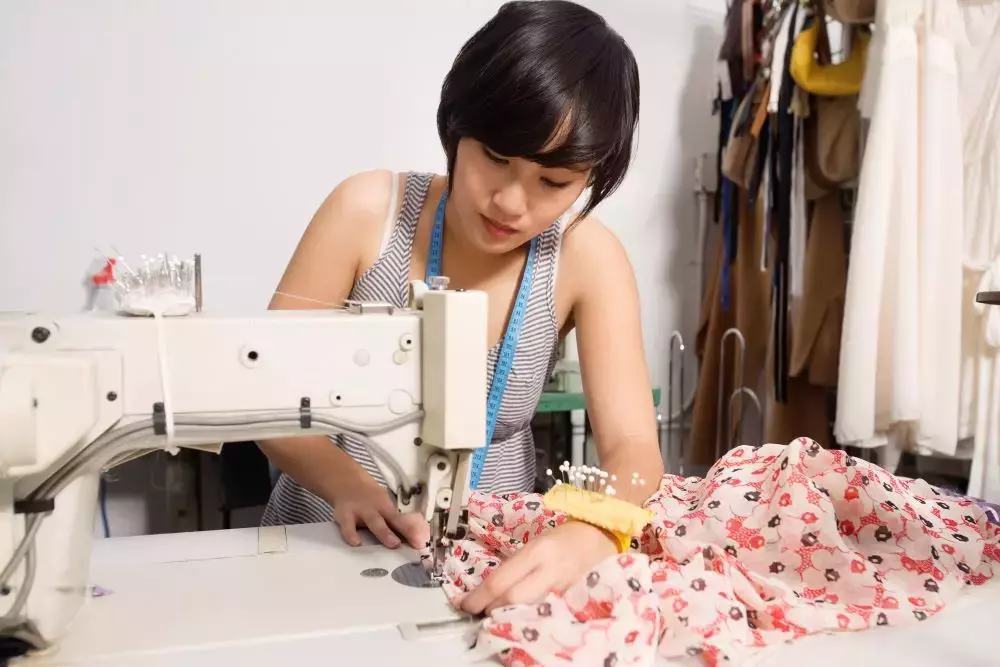Industrial Sewing Tricks Home Sewers Can Use
2020-02-28
There's nothing quite like watching a pro work on an industrial machine. It's nearly hypnotic, and it seems like there's this unattainable level of craftsmanship, but the truth is that there are plenty of industrial sewing tricks that home sewers can use on their machines at home too. So strap in because we have some of the best tips, tricks, and hacks for home sewers.
What are the Differences?
Before we get into the tips and tricks, a quick note on the differences between these machines. If you've watched Project Runway or similar designing shows, you'll notice that industrial machines run at impossible speeds. Okay, not impossible but, figure that a top of the line home sewing machine maxes out about 1,000 stitches per minute. Your standard industrial machined sews at 6,500 stitches per minute.
Always be careful if you’re switching to an industrial machine, and when using a home machine, be patient. The speed-difference between these machines is drastic and you are sure to notice.
The complete list of tips and tricks:
- Home sewers usually use a 5/8-inch seam allowance, but for a more professional look, take that down to 1/4-inch as it can cut down trimming, notching, and is less bulky in turned edges.
- Nip your notches rather than cutting out diamonds. When you clip the fabric, you'll have a more natural pull on the corner.
- Cut on larger surfaces rather than cutting about a foot at a time.
- Use pattern weights instead of pinning the pattern down.
- While you’re at it, press your material against the pattern, rather than before and then folding it and aligning the pattern later.
- Mise en Place – it means "everything in its place," and you should do all of your prep work first, that means cutting your zippers, selecting your thread, and all the pieces for your project.
- Sew continuously, it’s a hard habit to build, but it creates a more consistent stitch across the entire project.
- Sew until you’ve reached another seam, then press again before continuing your sewing.
- When working on a garment, sew your details first because it’s so challenging to sew details on a completed piece.
- Use clips so you don't have to worry about sewing over pins.
- Sew your buttonholes first, especially if you’re new to buttonholes.
- Press everything, and make sure to protect the fabric’s right side with a pressing cloth.
- Always press your details and collars first.
People who work from behind a sewing machine are the resource for so many home sewers, and their industrial methods are adaptable for home use. If you are contemplating purchasing a home sewing machine or an industrial machine, contact us so we can help you find the perfect machine one to meet your needs.





